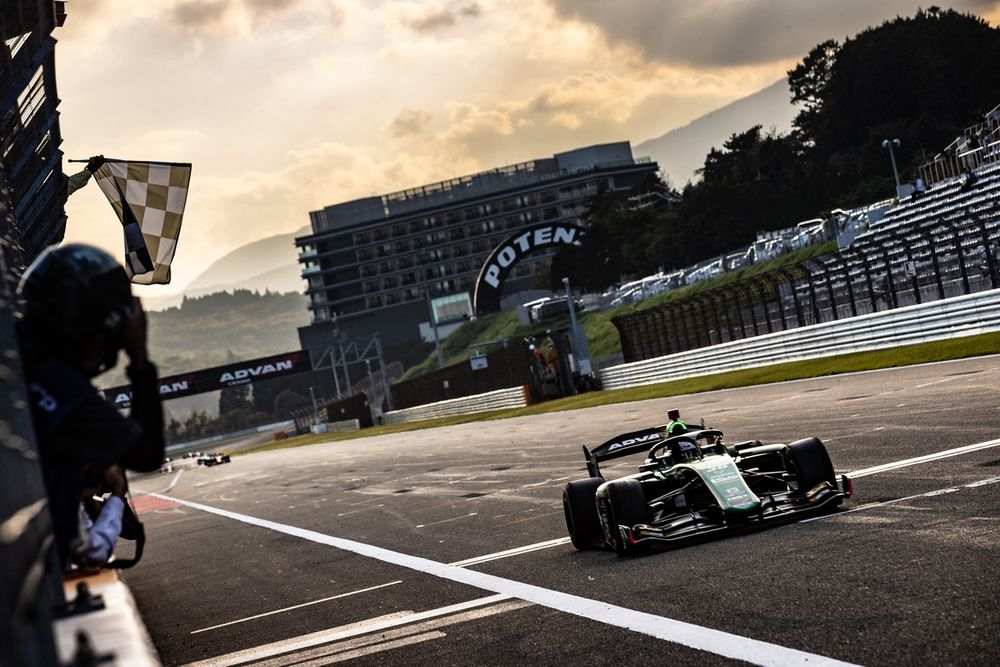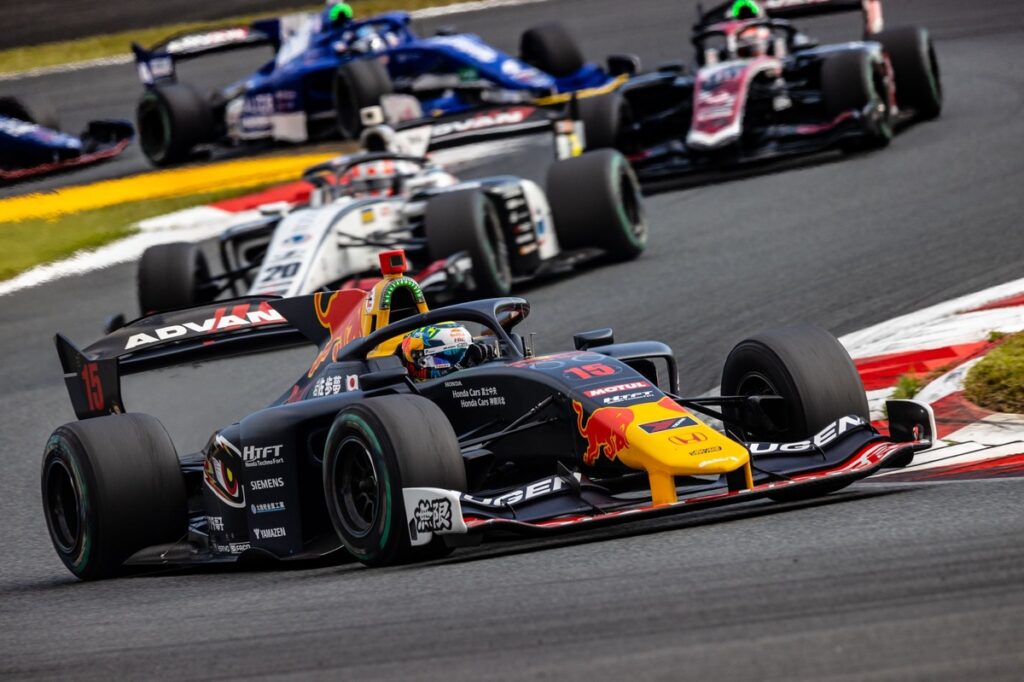The FIA has increased the allocation of superlicence points awarded for Super Formula for 2025, bringing it roughly in line with Formula E and the World Endurance Championship’s Hypercar class.
Up until now, the champion of the Japanese single-seater series has received 25 points, putting it in line with the Formula Regional European Championship by Alpine, with 20 and 15 points going to the second- and third-placed drivers respectively.
However, according to the latest version of the FIA’s International Sporting Code, Super Formula’s allocation has been boosted for 2025, with the winner now receiving 30 points, the second-placed driver 25 and the third-placed driver 20.
That matches both Formula E and FIA Formula 3, with only Formula 2 and IndyCar awarding more, while bringing it roughly in sync with the WEC’s top division, which awards 30 points to the champions and 24 for second.
The full allocation for the top 10 finishers in the championship is now 30-25-20-15-12-9-7-5-3-2, which exactly mirrors the scale for FIA F3.
In a statement supplied to Autosport, a spokesperson for the FIA cited the “evolution” of Super Formula in recent seasons as an explanation for the change.
“The allocation of FIA superlicence points is regularly reviewed as the single-seater pyramid changes and develops over time,” read the statement.
“During the most recent meeting of the Superlicence Working Group, an update to the points allocated to Japanese Super Formula was approved for implementation from 2025.
Liam Lawson, TEAM MUGEN
Photo by: Masahide Kamio
“This update reflects the evolution of the series as one of the fastest single-seater competitions outside of the FIA Formula One World Championship, with the Working Group noting that there have been several recent examples of drivers competing in Super Formula moving to Formula 1 and other FIA World Championship categories.”
The reference to drivers going on to race in F1 is likely a nod to current RB driver Liam Lawson, who finished runner-up in Super Formula last year behind Ritomo Miyata.
Ryo Hirakawa and Sacha Fenestraz are two other recent examples of Super Formula alumni who have gone on to race in FIA world championship categories, WEC and Formula E respectively.
Another factor that may have influenced the decision to increase the number of superlicence points is the number of races, which will increase to 12 from the current level of nine as all bar two of the seven rounds become double-headers.
Series organiser JRP has outlined plans to increase this number further in future years, with a medium-target of 20 races held over 10 race weekends.
Current Super Formula points leader Sho Tsuboi has already reached the 40-point threshold required for a superlicence on the back of his title success in Super GT in 2021 and 2023.
Should he win the title this weekend at Suzuka, he will remain at 40 points as the 20 points earned for his 2021 GT500 title are due to expire after this season.

Sho Tsuboi, VANTELIN TEAM TOM’S
Photo by: Masahide Kamio
Of the other title contenders, second-placed Tadasuke Makino currently sits on 27 points, but is set to lose 10 of those points after this year, meaning he would only become eligible for a superlicence if he becomes champion this weekend.
However, under the 2025 system, the extra five points would be enough to tip him over the 40-point threshold even if he finishes second.
Tomoki Nojiri and Ayumu Iwasa have both reached the 40-point mark; Nojiri from his past success in Super Formula, becoming champion in 2021 and ‘22, and Iwasa from his Formula 2 performances in 2022-23.
Read the full article here

